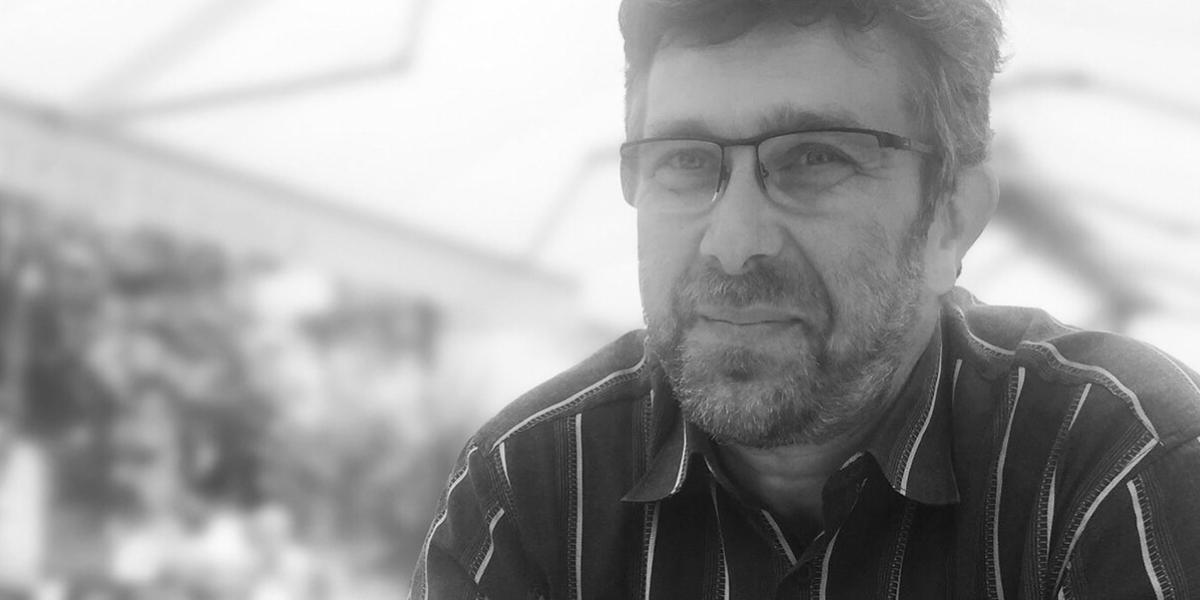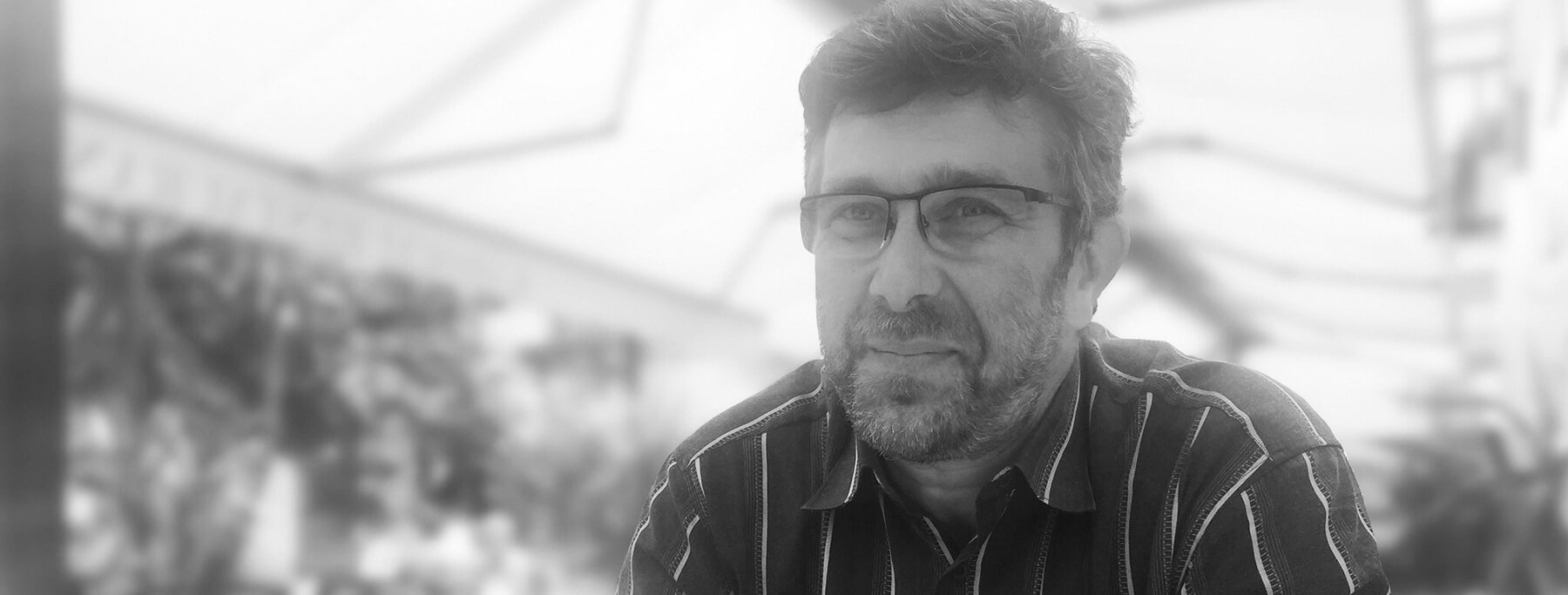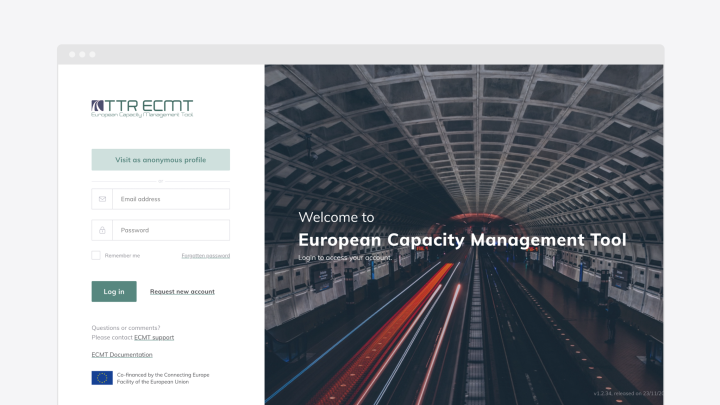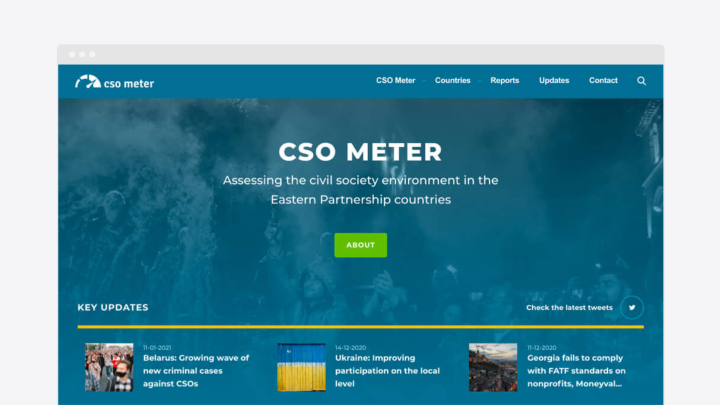
I have visited several state institutions and have seen all kinds of functioning. Generally speaking, most of the state institutions' decision-making processes are strictly hierarchical.
It is different in the Petőfi Literary Museum. I experienced consensus and democratically made decisions based on professional reasoning. During the project, we met bi-weekly to demonstrate the results. They always found time to have a look at the user interfaces, and they shared their opinion about them. It was a pleasant surprise for me. Csilla E. Csorba, the director, also found time to follow the progress to the end and shared her opinion. She needed not to dictate or instruct but offered her view and asked questions.
We are having a talk with Zsolt Bánki, project manager, about our cooperation during the PIM website development.
I was surprised when I first time went to an exhibition in the Petőfi Literary Museum. Can it also be done like this? It was a shocking experience. I felt an aesthetic pleasure; it was playful and not boring at all. What is behind these kinds of projects?
When talking about this, we need to go back around a decade in time. The foundations were laid down based upon the attitude of the then renewed management. At the same time a change, that we call the appearance of new museology went through the world. It happened a shift from an artwork-centered approach to an adventure-centered approach.
Due to this progress, we faced some internal debates, and of course, there were different opinions, sometimes even within a person. PLM started to move slowly this way, step by step. Literal museology is such an exciting area, where it is a big challenge to visualize textual art and materials. Literal museology needs a lot of creativity. Reading is pleasant; you can do it at home. The challenge is to find what else an exhibition can offer.
I know this feeling. It is also a challenge for how we visually wrap texts on a website.
At the moment I stepped from the library world into museology, I understood the importance of aesthetics. At PLM, some Art Historians strongly represent that visualization of the content is also an artistic question.
It is an essential question around the design, whether we speak the same visual language. It usually means the ability to think together. It turned out early that with you, we found the familiar voice we could build on.
I have an intermediary role in this portal redesign project. First, I represent the institute I work for, and secondly, I need to understand my partner's world. I need to mediate between the two parts. In the given case, it was fascinating that this process was different from my previous experiences, where the supplier delivered our visual and functional concept with subservience. You are not like this. You are at least as strong characters, as we are in our area. Your vision and approach are not typical. It made this whole project very interesting from the beginning, and at the same time, this was the most significant risk. Will our visions meet? It was a challenge whether I could create this union. I still remember the first time you came to introduce yourself. We were sitting here upstairs in the manager's office, and you were talking quite long about your previous projects. You brought this way of thinking that is so much typical to you as it turned out later. And this is much more than a technical or marketing introduction. Everything that you think about relationships, partnerships, and cooperation was in this introduction, and I was scared of how others will react.
You behaved very ambitiously, and our colleagues saw right away that you are not like the average companies.
Weren't you afraid that we would be inflexible?
It turned out that you think something, somehow. You are not like a dough that we can form, but you bring your character.
In the beginning, we had doubts.
There were moments when you said no for some requests, and this caused stress. But we could deal with these, as they were not fussing but substantial aspects. And usually, we found a compromise resolution.
We became partners in this project. You were led by the aim of improvement when you suggested different resolutions. Everyone understood that you want our best, and there are aspects where your point of view is a help for us.
The decisions were based on professional arguments and not on power.
From this point of view, this was a successful project. Probably this is the way to do this. I think that the result is also good. And the cooperation too.
I need to add that this was huge and challenging work for us all. Many different aspects had to be considered, and it was often hard to stay patient in these situations.

Share with your friends!


